Disaster and emergency response funding
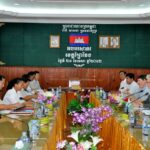
Cambodia has begun to integrate disaster and climate resilience goals into its national policies but implementation remains difficult. In the National Action Plan for Disaster Risk Reduction 2014–2018, the government prioritizes the target to: “build a resilient nation and local communities to pursue sustainable development.” ...
Environmental impact assessments
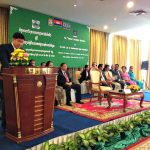
The primary legal requirements for environmental impact assessments (EIAs) in Cambodia are set out in Content II, Book V of the Environment and Natural Resource Code51, Chapter III of the Law on Environmental Protection and Natural Resource Management 199652(EPNRM Law), and the Sub-Decree no. 72 ...
Biofuel crops
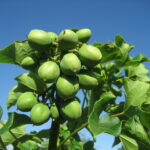
Biofuel crops have a significant potential for contributing to future energy requirements worldwide. Agricultural lands offer energy farming as an alternative to their usual role of food production. Biofuel crops are an environmentally valuable means of sustainable energy production.81 The demand for transport fuels in ...
Economy and commerce
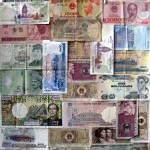
Counting money. Photo by Aaron Gilson, taken on 5 April 2013. Licensed under CC BY-NC-ND 2.0.Cambodia re-opened for international trade in the 1980s, opened up to foreign investment in 1994, joined ASEAN in 1999, and became a member of the WTO in 2004. Its bilateral ...
Carbon trading and other Payments for Ecological Services (PES)
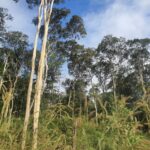
Forest view. Photo by Open Development Cambodia, taken on 05 December 2021. Under license CC BY-SA 4.0.Cambodia is covered with forest, accounting for around 13.1 million hectares in 1973, and it is had fallen to 8.7 million hectares in 2014.218 However, based on the Ministry ...
SDG 10 Reduced inequalities
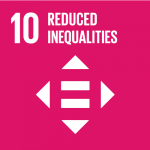
The 2030 Agenda was developed to reflect that “the international community has made significant strides towards lifting people out of poverty (). However, inequality still persists and large disparities remain in access to health and education services and other assets”. 260Although the number of people ...
Forest protection

Deforestation has always been a problem in Cambodia since the 1970s, and it has aggravated inthe last decade. Some protected areas have been deforested. Between 2001 and 2018, Cambodia had lost 557,000 hectares (11.7%) of forest cover in protected areas.286 This loss has had an ...
Water and sanitation
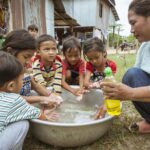
Children in Moung district, Battambang province, wash their hands with soap and water. Photo by WorldFish Cambodia, taken on 08 November 2018. Licensed under (CC BY-ND 2.0).Recognized as a global crisis, the United Nations has included water and sanitation in Sustainable Development Goal 6, ensuring ...
Poverty policy and regulation
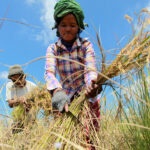
As a fast-developing nation, Cambodia has always found poverty one of its main challenges. The Rectangular Strategy states that eradicating poverty has long been one of the Royal Government of Cambodia’s (RGC’s) highest priorities.420 Since the country’s first major post-civil war election in 1993, Cambodia ...
SDG 13 Climate action
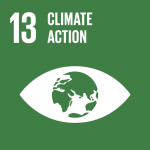
SDG 13 is aimed at taking urgent action to combat climate change impacts by developing the capacity of each country to mitigate climate risks and work towards adaptation. Least developed nations, landlocked countries and small island states are recognised as especially in need of support ...
SDG 5 Gender equality
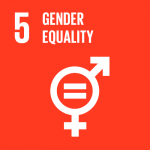
The Sustainable Development Goal 5 (SDG 5) is initiated to “achieve gender equality and empower all women and girls”. The global SDG 5 consists of 9 targets (3 targets as means of implementation) and 14 indicators. The objectives of SDG 5 are expressed in terms ...
Economic policy and administration
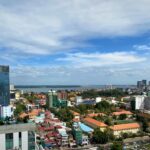
After the first general election in 1993, the government prepared and implemented a comprehensive micro- and macroeconomic policy and structural reform program to integrate Cambodia’s economy into the region and the world as well as stimulate its economic growth.658 In the two decades following that ...



